About
The plotter station is an initiative of Open Source Publishing (OSP) and gives access to their collection of pen-plotters and other printing machines. The plotter station organizes workshops, develops research and can be booked to use the printers.
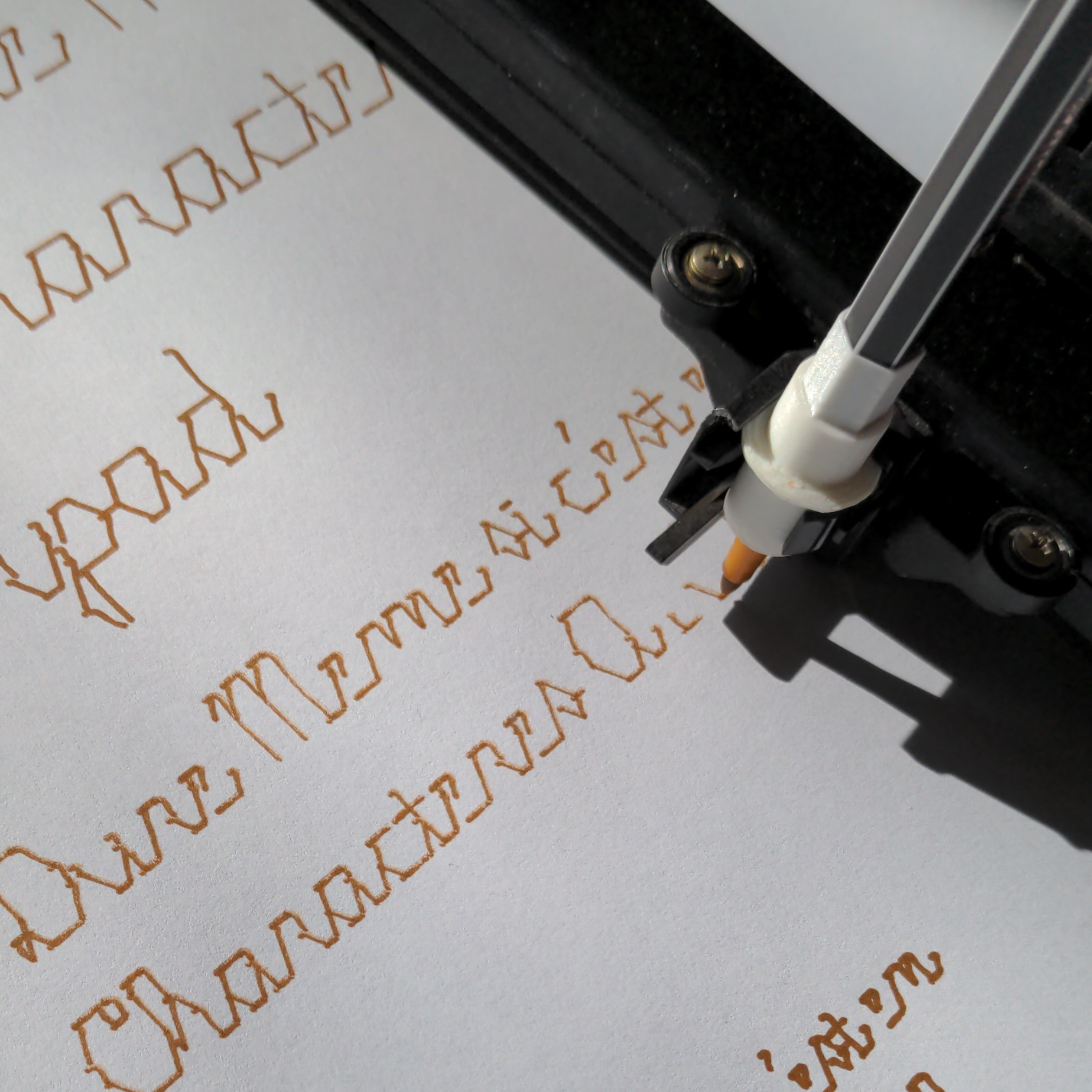
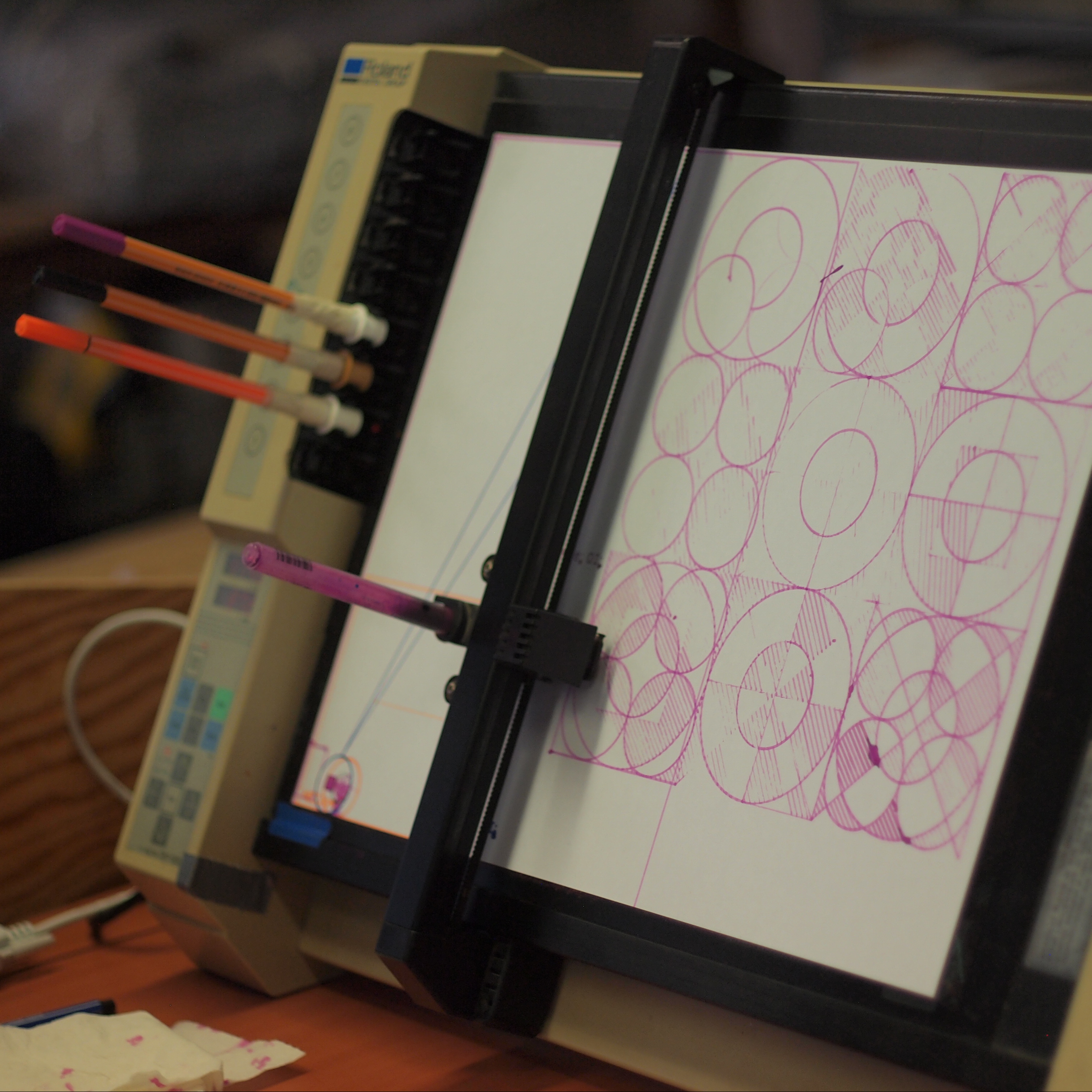
What is a pen plotter?
A pen plotter is a mechanical drawing machine using 'normal' pens, they were originally developed in the 70's and 80's, used at the time for large format prints of architectural plans, CAD drawings or business graphs. They are controlled by a computer through HPGL, a seductively simple language prescribing the movement of the pens. Compared to modern (large format inkjet) printers pen plotters are expensive to operate ans slow. But it is exactly their slowness, and performative movement that makes them empathic, while their simplicity allows for easy appropriation, their unoptimized, repetitive gestures give insight into the commands sent by the computer. As a plotter draws with a pen, it draws lines rather than filled shapes, the shape of these lines are influenced by the pen; its thickness, angle and ink. Therefor, plotters are great companions for our research.
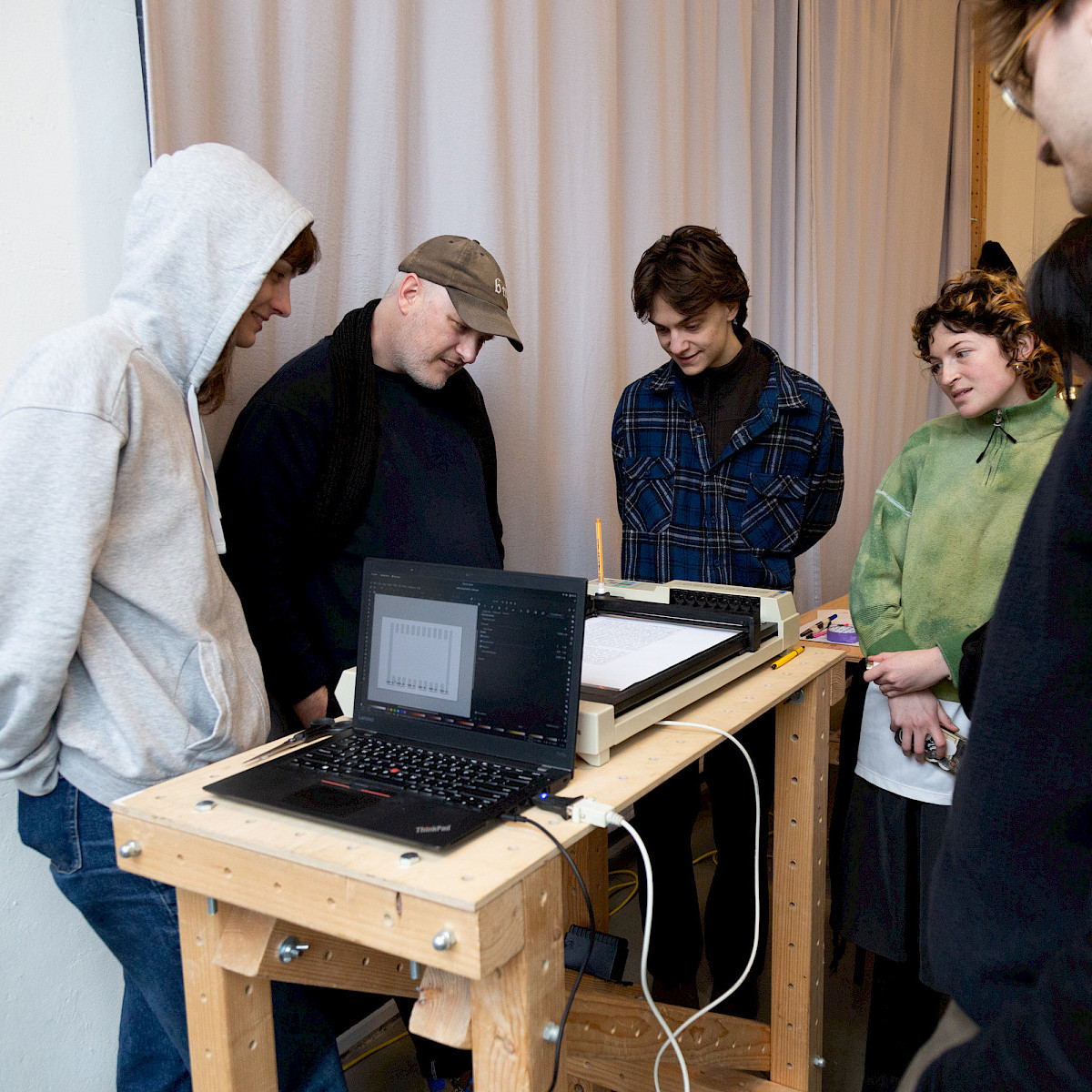
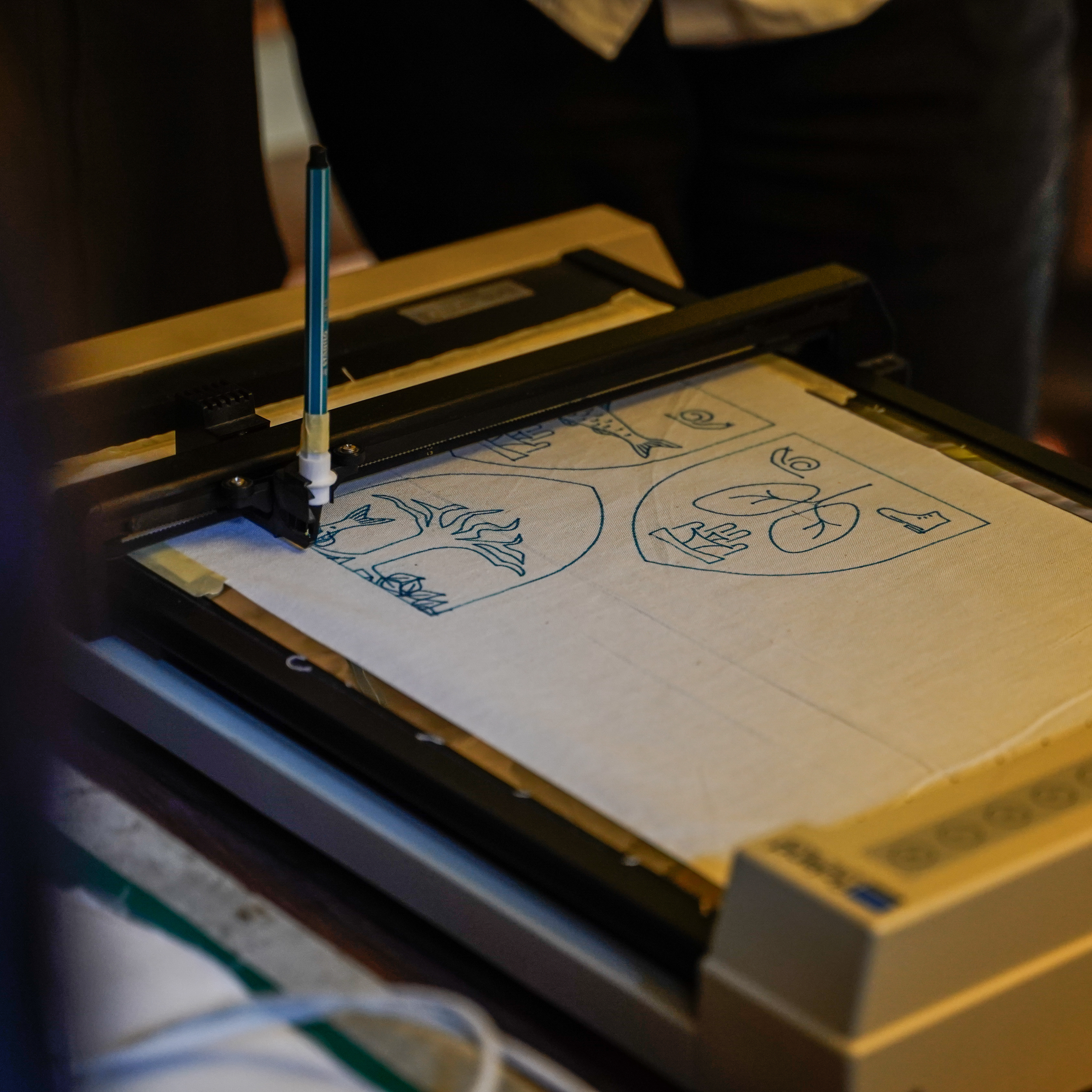
Expand, Make available, Disseminate
Our proposal is driven by a collective belief that there is value in the specific expertise and experience present in OSP. The intention is to expand it through technical and artistic practice based research, on our own, or by solicitating a network of experts, as well as to make it available, and disseminate it to other visual practitioners in Brussels, Belgium and abroad.
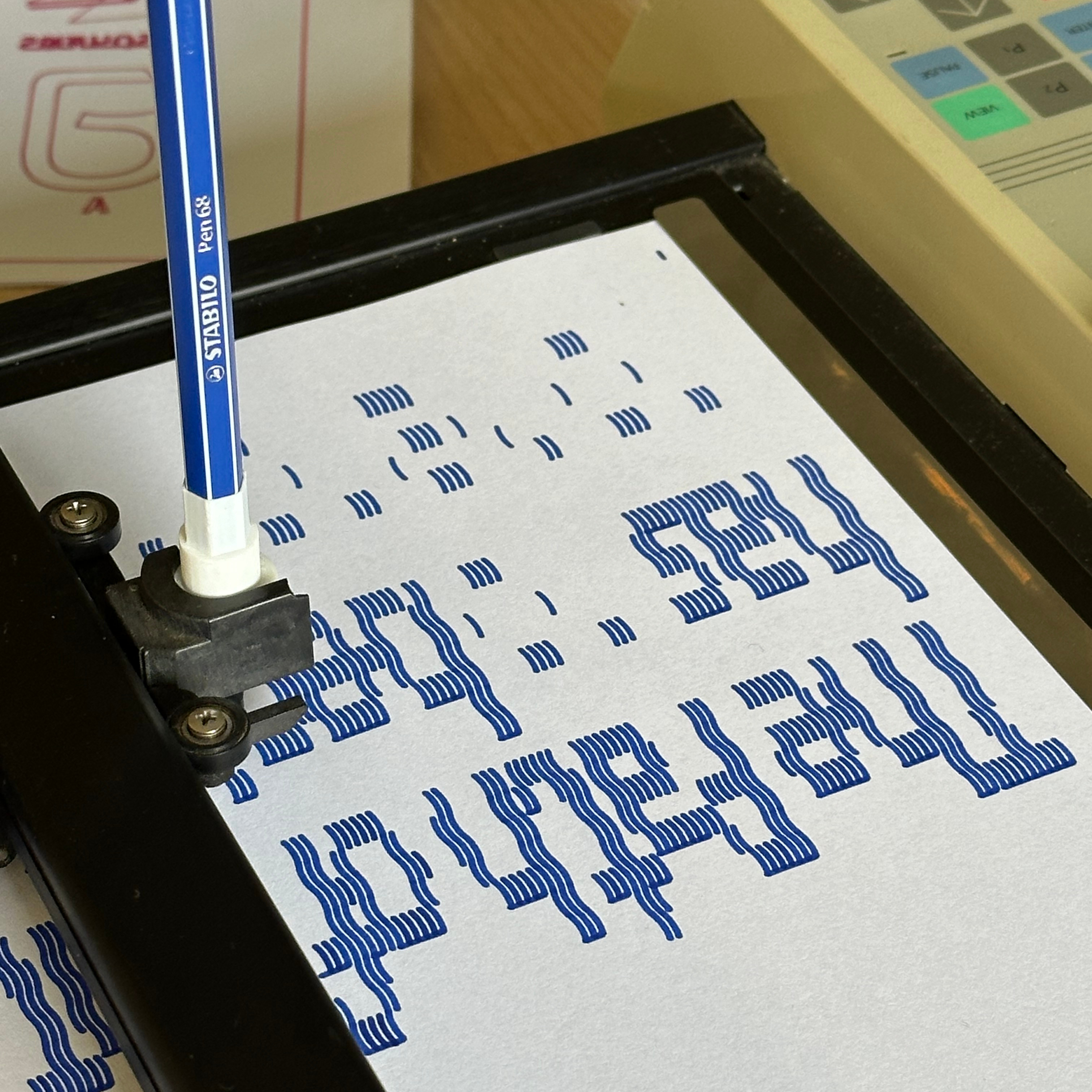
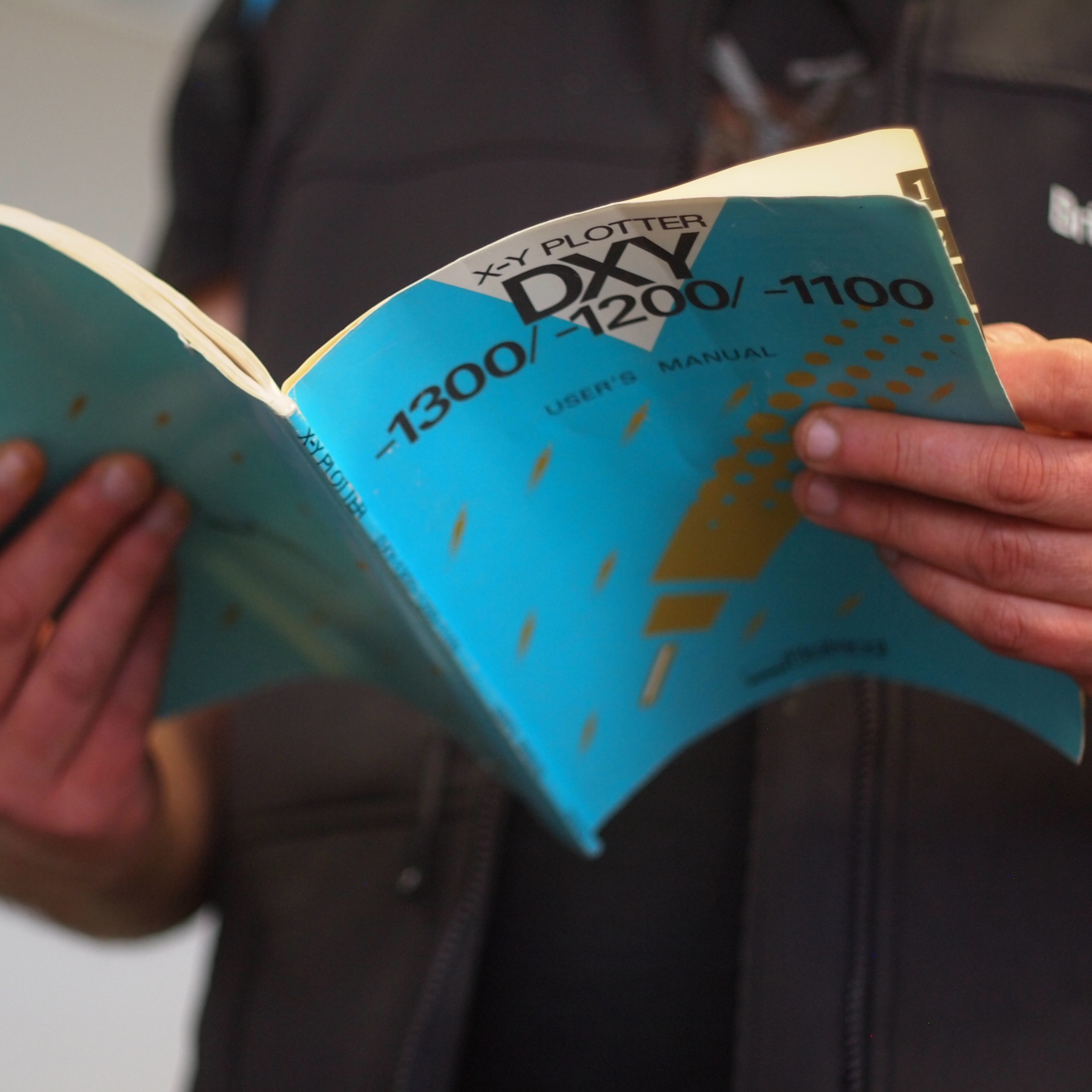
Tools intimacy
Making graphic design with "a professional graphic worklow using only open-source tools" in our practice quickly meant bending existing (software-)tools and making new ones. For us toolmaking is as much an artistic gesture and part of our practice as the works produced with them. This intimate relationship with our tools is an attempt to break away from the hegemony of standardized proprietary software, taking into account the fact that there is not just one way of doing things, and that our tools themselves already reflect graphic and cultural forms.